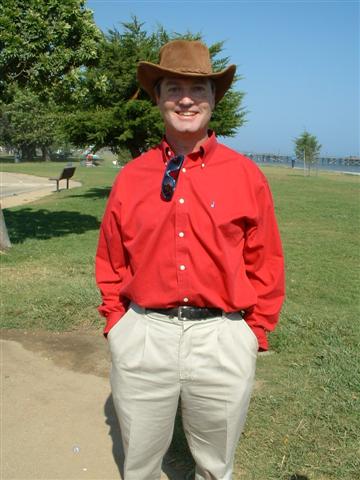We have many different ways to talk about the things in the physical
universe. Some of those ways we think of as more fundamental, and some
as “emergent” or “effective”. But what does it mean to be more or less
“fundamental”? Are fundamental things smaller, simpler, more elegant,
more economical? Are less-fundamental things always made from
more-fundamental? How do less-fundamental descriptions relate to
more-fundamental ones? FQXi Administrator Brendan Foster
This is an interesting question for me. Because in a sense it is closely related to what is foundational. Let me explain. The foundational attribute of any perspective has to have a fundamental basis for an understanding of what comes next. The
immediacy is recognition of the fundamental, is its beauty.
The 2011 Nobel Prize
in Chemistry was awarded to Dan Shechtman for his experimental
breakthrough that changed our thinking about possible forms of matter.
More recently, colleagues and I have found evidence that quasicrystals
may have been among the first minerals to have formed in the solar
system. Paul Steinhardt 2012 : WHAT IS YOUR FAVORITE DEEP, ELEGANT, OR BEAUTIFUL EXPLANATION?
So this leads me backwards to the idea expressed as the, "smaller, simpler, more elegant and more economical." Everyone wants to know when matter begins, and if such an expression is to realize matter is emergent, then it would require an explanation for what that matter may be as being fundamental. That all matter then, is a measure of the now "as a parameter of existence" of our current reality.
 |
| "From future structural and kinematical studies of known
quasicrystals, such as AlNiCo, these principles may be established
providing a new understanding of and new control over the formation and
structure of quasicrystals. See: A New Paradigm for the Structure of Quasicrystals |
After working though the years gathering information and learning from many who I had come across in the pursuit of science and its understanding, I have been lead to believe that an answer to this question is like going back in time to the beginning of our cosmos. How the universe has been clocked according to the discoveries that have been made. It has been a leading insight to push further back to realize that such an idea of geometry at the basis of the existence is an old attribute given toward as the idea Plato had according to his solids.
"...underwriting the form
languages of ever more domains of mathematics is a set of deep patterns
which not only offer access to a kind of ideality that Plato claimed to
see the universe as created with in the Timaeus; more than this, the
realm of Platonic forms is itself subsumed in this new set of design
elements-- and their most general instances are not the regular solids,
but crystallographic reflection groups. You know, those things the
non-professionals call . . . kaleidoscopes! * (In the next exciting
episode, we'll see how Derrida claims mathematics is the key to freeing
us from 'logocentrism'-- then ask him why, then, he jettisoned the
deepest structures of mathematical patterning just to make his name...)
* H. S. M. Coxeter, Regular Polytopes (New
York: Dover, 1973) is the great classic text by a great creative force
in this beautiful area of geometry (A polytope is an n-dimensional
analog of a polygon or polyhedron. Chapter V of this book is entitled
'The Kaleidoscope'....)"
One should neither be fooled that I focus on the matter as being fundamental then, and as a substance,it is less then a desired result of any measure when I speak of that geometry. So how is it possible then to say that something is fundamental here if I say the geometry? The space-time emergence, is as from a liquid that the collision process extols the lighthouse affect and I am blinded by it.? This is given as an expression of the new ways in which we measure particulates outwardly expressed from the beginnings of that "collision process" only of in a configured in space, but within the LHC too?
***
See also:



.jpg/471px-Albrecht_D%C3%BCrer_-_Melencolia_I_-_Google_Art_Project_(427760).jpg)



 By The original uploader was
By The original uploader was 

